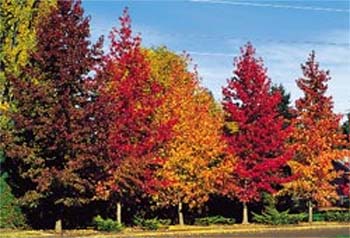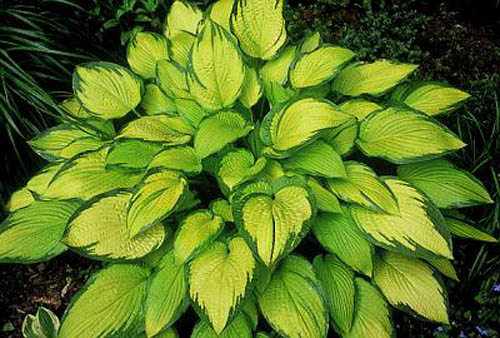Last month we discussed the Modern Roses, the Hybrid Teas, Floribundas, Grandifloras, and the English Rose. This month we look at the historical roses of the Old World. Old Roses, generally considered to be those bred before 1867, have become increasingly popular in the last few years. Our intent is to give you a brief look at the various varieties of Old Roses as a landscape plant. Many excellent books have been written on the lore of the Old World Rose. There is also a wealth of information available on the Internet such as The Old Rose at http://www.mc.edu/~nettles/rofaq/rofaq-or.html. We suggest taking the time to study the history and beauty of the Old Rose.
- Gallica Rose – A usually short stocky shrub rose, blooms are in shades of red, open flowering, with the stamens exposed, and held on upright stems. Alba Rose – These are large vigorous growing plants with clusters of white to pink medium size fragrant flowers.
- Centifolia Rose – This four to five foot large leafy shrub rose carries medium size white to rosy-red flowers on nodding canes.
- Centifolia Mossy Rose – A rose considered the sport of the Centifolia Rose that bear on their stems’ green to reddish-brown growths that resemble moss.
- Damask Rose – A rose with large upright arching canes holding large few-clustered white to deep pink blooms.
- Canina Rose – This rose is a healthy, hardy tall growing plant with single pink or white flowers produce coral-red hips.
- Foetida Rose – A big arching rose, best know for its shades of yellow blooms.
- Boursault Rose – Boursaults are large pink and red flowering, often climbing, and usually show excellent fall color.
- Agathe Rose – A small flowering compact leafy shrub rose, blooming in shades of pink.
- Hemispherica Rose – A somewhat difficult rose to grow, known for its yellow flowers which are sometimes double.
- Setigera Rose – Tough, hardy climbing rose which produced many early American climbers.
- Turbinata Rose – Very small group of roses known for their large foliage and intense rose-pink blooms.
- Rubigirosa Rose – This rose is best known for it’s open leafy apple scented foliage, blossoms are single pink to white with orange red hips.
- Wichurainana Rose – A rambling climbing rose generally flowering in clusters of single white to red blooms.
- Sepervirens Rose – Another climbing variety, flowers are usually carried in large clusters.
- Multifloria Rose – Large rambling hardy plant with small single fragrant blooms.
- Damask Perpetual Rose – This was one of the earliest re-bloomers with double flowers born on medium size canes, very vigorous and fragrant.
- Pimpinellifolia Rose – A medium size rose with small flowers blooming in a wide range of colors, very hardy.
- China Rose – This continuous blooming rose is best known for its deep red colors, an open bushy shrub rose that can be hard to grow in colder areas.
- Bourban Rose – This is the rose that most often comes to mind when thinking of Old Roses, Large fragrant flowers, a re-bloomer that is very hardy.
- Hybrid Perpetual Rose – Another hardy re-blooming rose with large flat flowers in a wide range of colors born on arching canes.
- Tea Rose – Named for the scent of their open blossoms they are only marginally hardy and are best known for the crosses they have made.
- Pernetiana Rose – A glossy leaved marginally hardy rose best known for its blooms in shades of yellows.
- Rugosa Rose – Another glossy green leafed shrub rose which is extremely vigorous, often grown for its bright red hips.
- Noisette Rose – A rose known for large clusters of medium size flowers born on long leafy canes, sometimes climbing.
- Polyantha Rose – A very fragrant shrub rose with smallish blooms in shades of white born in clusters.
We are sure we have probably overlooked some Old Roses as they have been around a long time. We would suggest looking at Yesterday’s Roses at http://www.Country-Lane.com/yr/, White Rabbit Roses at http://www.mcn.org/b/roses/, and The Roseraie at Bayfield at http://www.roseraie.com/ for further cultural and historic information. They also contain some very good pictures. I hope that our brief discussion will want you at least to look at the various varieties of Old Roses available to the home gardener.



